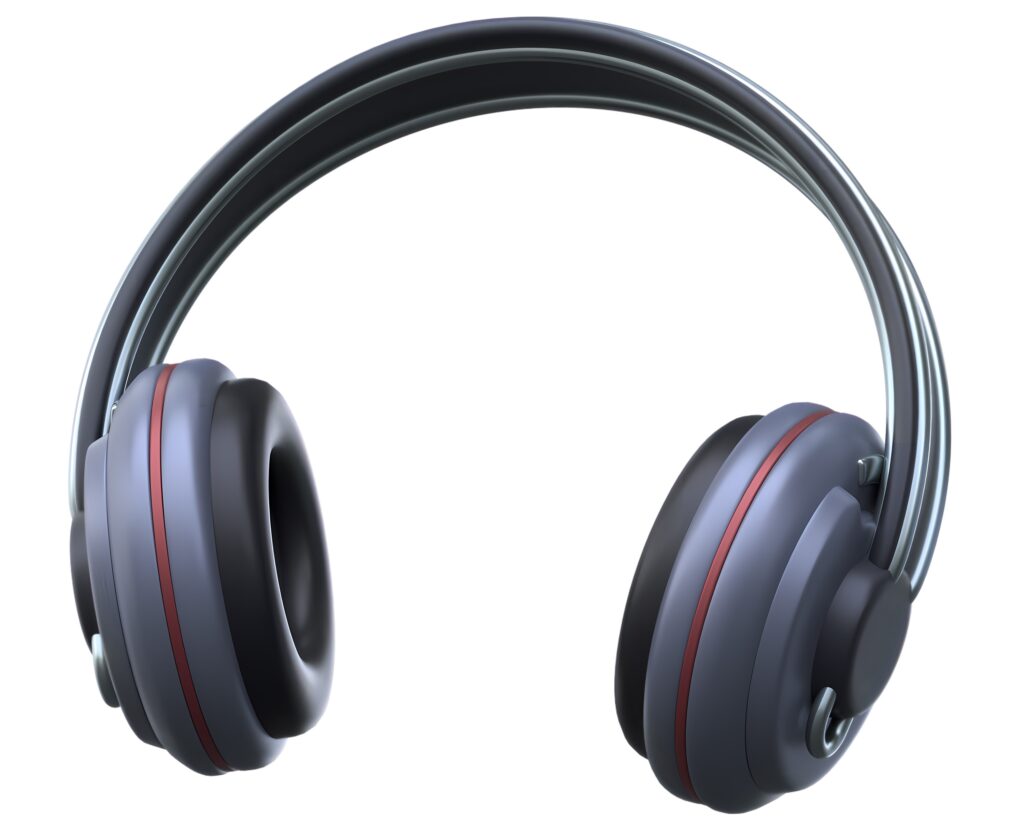I met with a second surgeon regarding my left shoulder last week. He’s a sports medicine expert, specializing in shoulders. He had a new ex-ray taken when I arrived and reviewed an electronic copy of my cat scan and MRI. We talked a bit as he pulled on my arms and rattled statistics to his assistant who recorded each word. He used phrases like interior rotation, exterior rotation, degrees of mobility, and tested to see how far he could pull my arm before I gave up and said, “uncle”. The two I remember most clearly were associated with how high I can extend each arm. I can extend my right arm 160 degrees while my left stops at 90. On top of the mobility issues, my left shoulder hurts all day every day. That’s the problem.
I explained that my first surgeon had referred me to him because he didn’t believe I had enough bone in my shoulder socket left for him to complete the surgery. The bone had deteriorated until it was too thin for him to work with. “Your arthritis has worn away the bone.” And then he said, “If it can happen, the sports med guy will know”.
After all the questions, measurements, and document reviews, my new guy said, “I can do this. Your first doctor was wise to send you here. We work with a company in France. We have a computer system that allows us to duplicate the surgery electronically. We develop a model and follow the model. We’ve been very successful.” At least that’s this layman’s version of his explanation.
People have their shoulder joints replaced because of a variety of reasons. They don’t want to have surgery, but they prefer to live a more active life. Typically, people experience one or more of the following.
-
- Severe pain that interferes with daily activities.
- Weakness in the shoulder, limiting full movement.
- Inadequate improvement with other treatments (such as medications, injections, and physical therapy).
I have the trifecta.
I plan to have the surgery in the fall. Hopefully the second week of October. I’ll be in a sling for six weeks and I’ll need someone to manipulate my shoulder for me for the first two of the six. I’m working on that obstacle right now. After that I’ll be able to do things on my own. Physical therapy will begin after the second week and continue for three months.
 I’m going to have a reverse shoulder replacement. Long story short – they’ll put the ball end of my shoulder where the receiving end was, and they’ll put the receiving end where the ball currently is. Ergo, reverse shoulder replacement. I won’t have the range of motion that I have with my right arm, but they think I should be able to extend my new shoulder to 130 degrees. That, plus the no pain part, sounds good to me.
I’m going to have a reverse shoulder replacement. Long story short – they’ll put the ball end of my shoulder where the receiving end was, and they’ll put the receiving end where the ball currently is. Ergo, reverse shoulder replacement. I won’t have the range of motion that I have with my right arm, but they think I should be able to extend my new shoulder to 130 degrees. That, plus the no pain part, sounds good to me.
I won’t be able to golf for some time between four and six months. The second surgeon said six. The first said four. We’ll see.
I’m the kind of guy who does what the doctor says, and I know that physical therapy is the key to success.
I’m going to have a heart to heart with the surgeon before he begins. When I had my second knee replacement done in 2020 you may recall they had to do a “do over” because the guy handling the implant gave the surgeon the wrong part. I don’t want any wrong part this time. I want one and done.


Just had ankle replacement surgery Bob. So far so good!